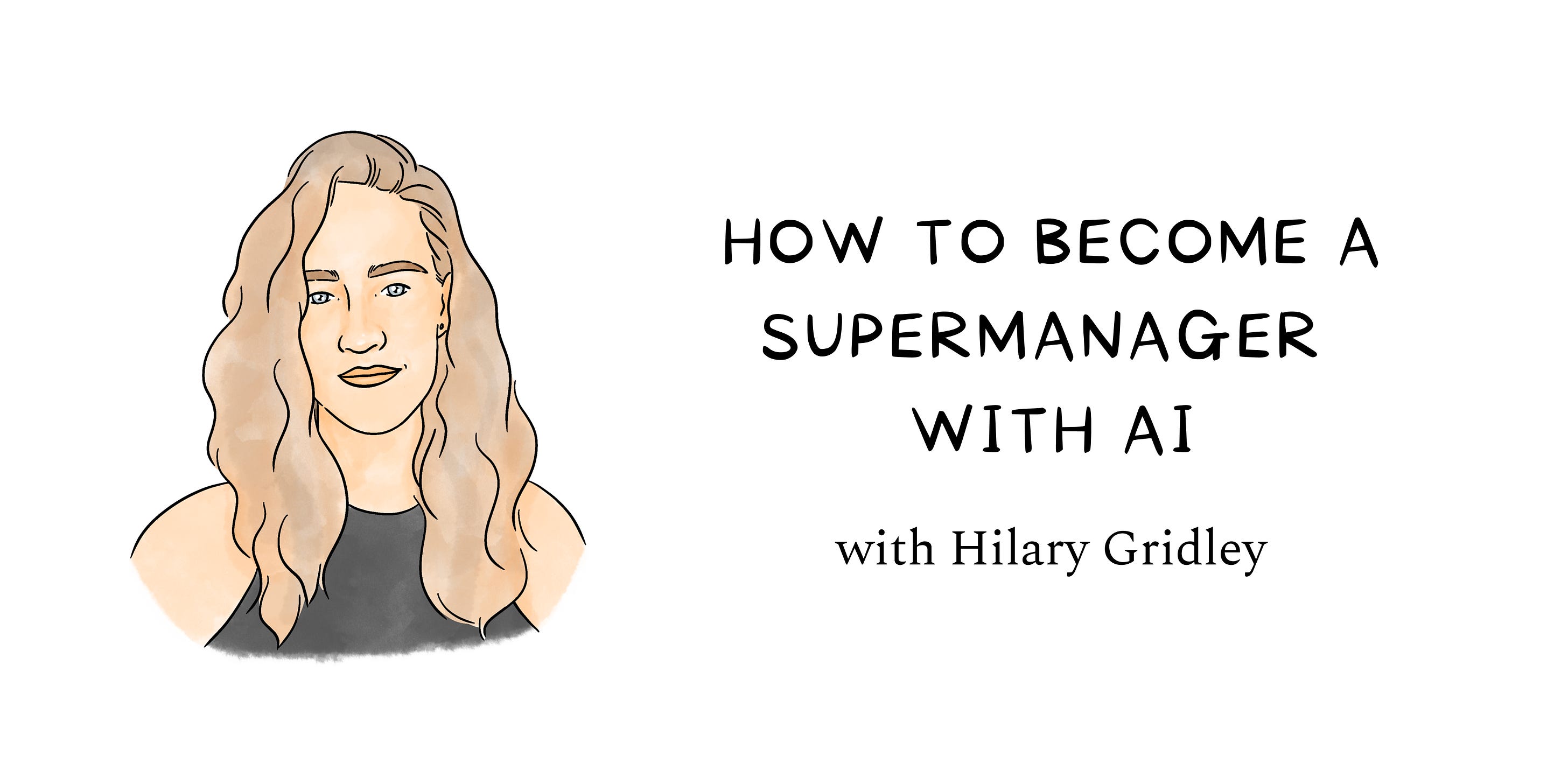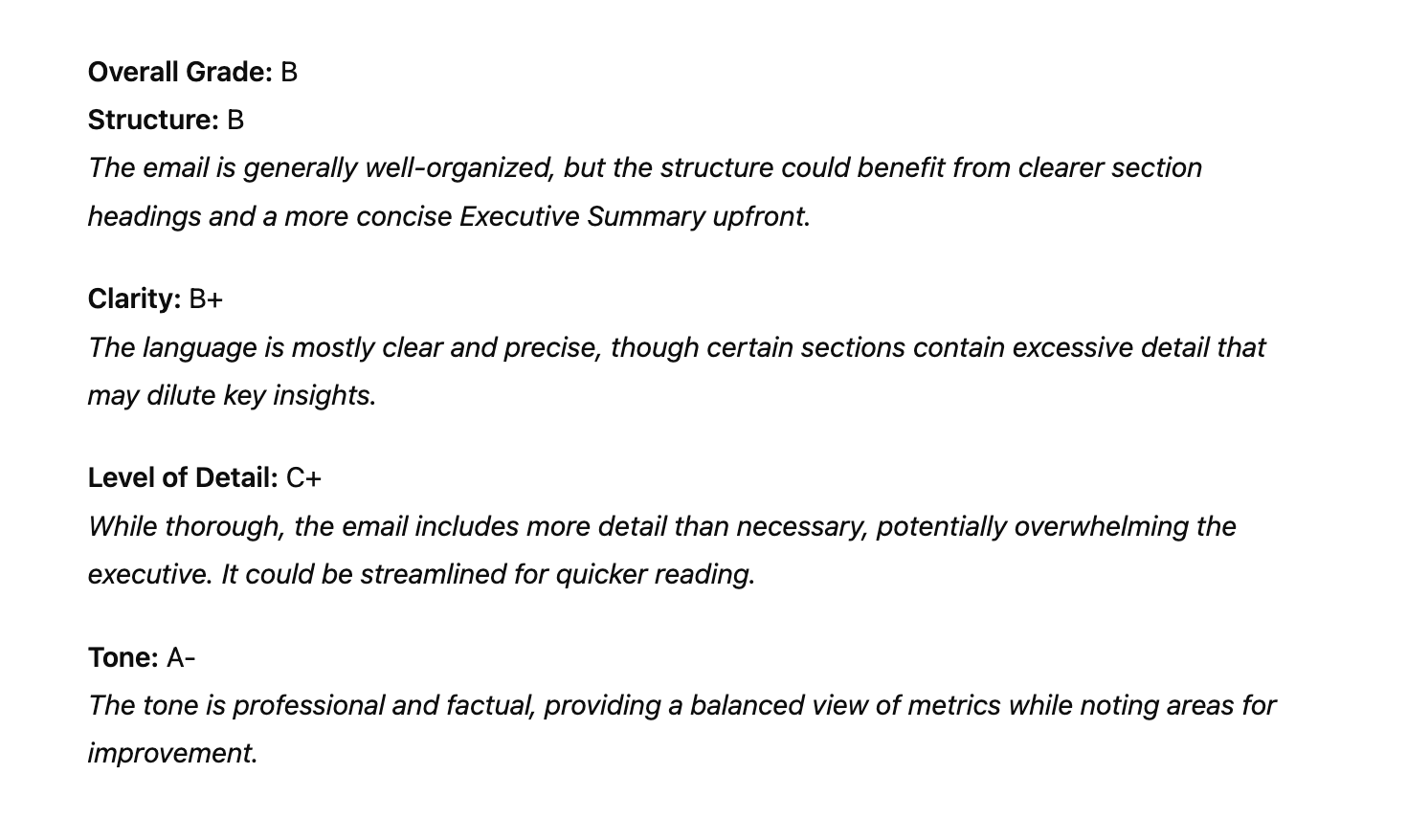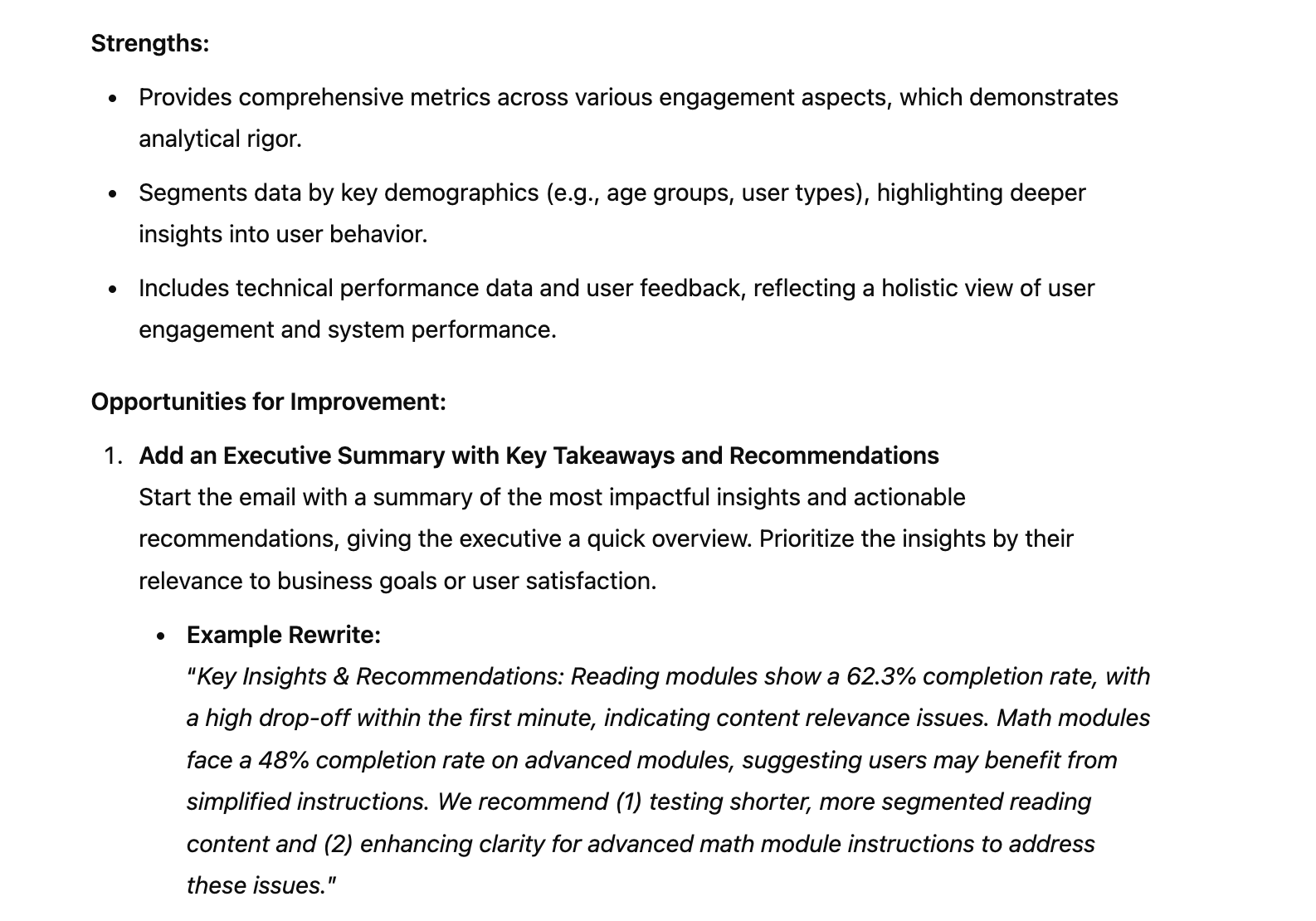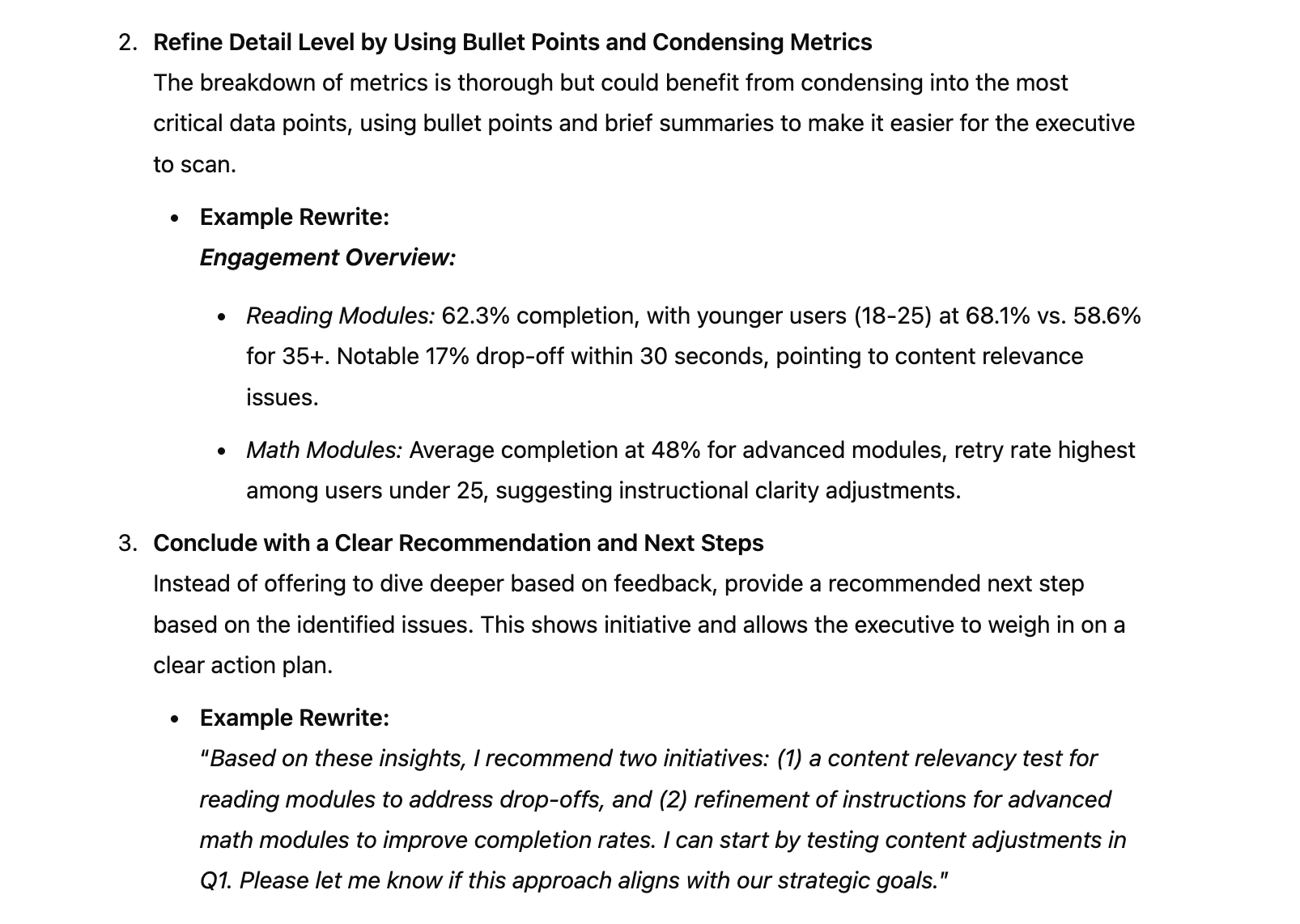|
👋 Welcome to a 🔒 subscriber-only edition 🔒 of my weekly newsletter. Each week I tackle reader questions about building product, driving growth, and accelerating your career. For more: Lennybot | Podcast | Hire your next product leader | My favorite Maven courses | Swag
Last week’s guest post about tactics for becoming a “super IC” is on track to being my most popular post of all time, so I’m thrilled to bring you a follow-up that’s designed specifically for managers. In spite of what you may hear, we will still need (great) managers in the future—to scale (well-functioning) teams, to mentor and coach individuals, and to think beyond the day-to-day. Below, Hilary Gridley, director of product management at WHOOP, shares strategies she’s learned to leverage the latest AI tools to not just become a better manager but to level up her entire team. These tactics and tools are practical and actionable, and you can start experimenting with them today, even if you’re not managing. This post blew my mind when I first read it, and I’m very excited to share it with you.
Hilary Gridley is the director of product management at WHOOP, where she oversees the core product team, including AI, Health, and Coaching initiatives, specializing in combining AI with evidence-based approaches to help millions improve their health and performance. Previously, she was a senior director of product at Big Health, a product marketer at Dropbox, and designed youth advocacy campaigns with major brands like H&M and 3M that engaged millions of young people.
For more from Hilary, check out her newsletter, and follow her on X and LinkedIn.
I love managing people. My team inspires me, and it’s a genuine honor to help them sharpen their skills, build resilience, exceed their own expectations, and find meaning in their work.
Yet, like many managers, my calendar is packed, my unread Slack messages seem endless, and my attention is pulled in countless directions. I’ve been intrigued by the potential of AI to help managers like me spend more time coaching their teams, but most resources I’ve seen focus on productivity for individual contributors—so-called “super ICs.”
This year, I fully embraced AI as a management tool, and the results have been transformative. Our team’s performance, productivity, and NPS have all reached all-time highs. One PM on the team, Alexa, says, “The team has 10x’d in efficiency and skill. Now that I have experienced AI-augmented product management and leadership, I don’t think I could work for a company where AI wasn’t allowed. It would feel equivalent to being asked to handwrite my PRDs—in cursive.”
If 2024 was the year of the super IC, I predict 2025 will be the year of the supermanager. A supermanager harnesses AI to amplify their impact while fully embracing the human side of management. By scaling their efforts, supermanagers can effectively oversee larger, flatter teams and extend their coaching beyond just direct reports, fostering a culture of continuous learning throughout the organization.
The skills that make for great managers—providing clear, consistent feedback and articulating the difference between good and excellent—translate remarkably well to creating GPTs that can give your team nearly unlimited access to your insights. And by helping your team develop a natural instinct for collaborating with AI, you’re not just improving their productivity; you’re building a more capable, adaptive, and high-impact product team.
In this post, I’ll share the strategies that are turning this vision of the supermanager into reality for my team—and how you can do the same for yours:
Level up your team’s writing skills
Turn your team into debate champions
Help your team master synthesis skills
Build a custom GPT that thinks like you on-demand
Teach your team how to use AI as a thought partner
Strategy 1: Level up your team’s writing skills
Communication is a superpower in any role, but especially for product managers. A PM’s ability to drive clarity across different functions, explain decisions, and inspire their team can be the difference between high performance and burnout. To nurture my team’s writing instincts, I spend a lot of time explaining the “why” behind my edits to their documents/emails/decks/etc. While this personalized feedback is key to improving the writing and the writer, it is time-consuming, often delaying the team from getting their messages out swiftly.
To scale myself, I distilled my most common writing feedback into a GPT called “The Executive Editor” (try it here). This tool allows my team to paste in their emails, decks, or Slack messages and receive a letter grade on structure, clarity, level of detail, and tone, along with actionable recommendations for improvement. Here’s an example output:
Six months ago, I didn’t think this could work. But I’ve learned that LLMs are only as effective as the prompts they’re given. If you don’t know what makes writing good, it’s tough to teach a model how to evaluate or generate quality writing. However, if you’re skilled at explaining something to people—as many great managers are—you’re well equipped to teach it to an AI, allowing you to create effective GPTs that give your team unlimited o



